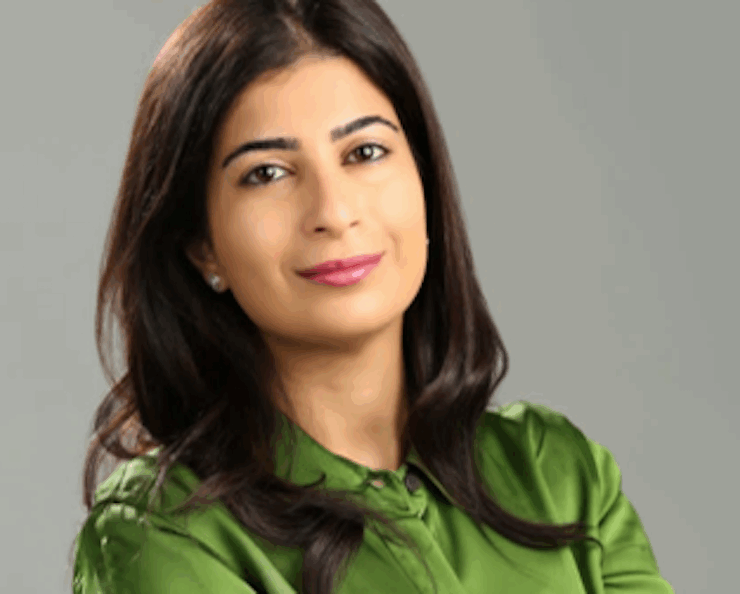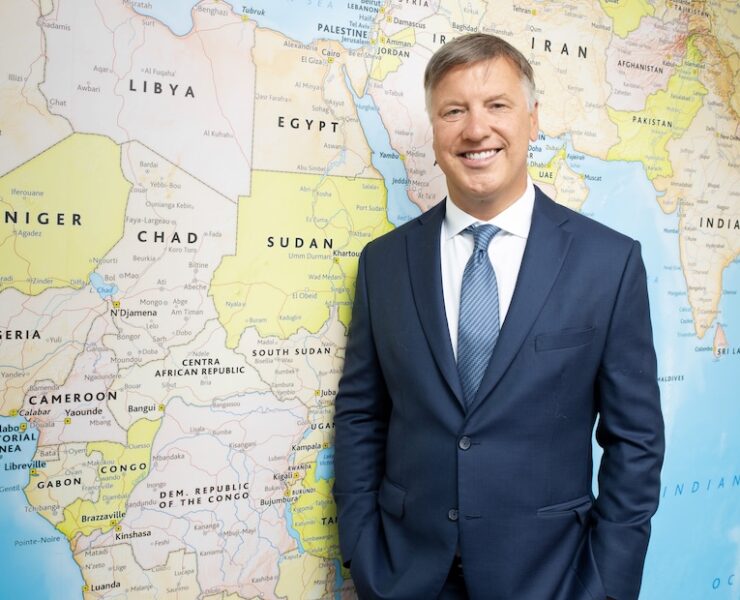Turning challenges into catalysts: EFG Hermes’ Mohamed Abu Basha on the region’s resilient economic trajectory
The head of Macroeconomic Analysis at EFG Hermes shares an opportunity-driven view of how the Middle East is responding to inflation, diversification, and capital markets development

At the MENA Capital Market Summit 2025 held in Dubai, Gulf Business sat down with Mohamed Abu Basha, managing director and head of Macroeconomic Analysis at EFG Hermes, to unpack the region’s economic outlook amidst evolving global challenges.
From IMF’s revised forecasts to the potential of free trade agreements and the rise of Kuwait as a country to watch, Abu Basha provides a pragmatic and opportunity-driven view of how the Middle East is responding to inflation, diversification, and capital markets development.
The IMF recently trimmed the MENA region’s growth forecast to a modest 2.6 per cent as global risks mount. How do you interpret this outlook for the region, and what impact might it have on economic policies and strategies moving forward?
Well, I honestly see it more as an opportunity for the region. If we look at the last few years, the region has actually benefited from several global shocks — Covid-19, the Russia-Ukraine crisis, Brexit before that, and now instability in the Middle East.
So yes, it’s another episode of global uncertainty, but it fits within the broader trend we’ve seen. The region — especially the Gulf — has positioned itself cleverly as a beneficiary of these shocks. One of the biggest assets is strong, homegrown, domestic demand-driven economies. These are less vulnerable to global volatility.
Lower oil prices do pose a challenge and can affect sentiment and growth slightly, especially with concerns around a slowdown in China, which is now more linked to Gulf economies. But relatively speaking, I think the region stands out as one of the more resilient.
Tariffs have limited impact, and many economies here have the financial buffers to manage short-term downturns.
There’s also a reminder here to double down on diversification—investing in and developing capital markets, for instance. Despite current global headwinds, we’re seeing multiple IPOs underway, which speaks volumes about demand and the region’s financial depth. Governments are also working to build out local and international debt markets to support long-term financing needs.
On the monetary policy front, inflation in the region remains low. How do you see monetary policy evolving?
A: In this region, monetary policy largely follows the US Federal Reserve due to currency pegs to the US dollar. So any Fed rate cuts would be positive for us, especially as a counter to the drop in oil prices. Lower rates would reduce borrowing costs for the private sector.
But there’s something to watch out for — the potential weakness of the US dollar. If the dollar weakens, it could lead to imported inflation. For instance, buying from Europe becomes more expensive as the euro strengthens. While I expect this inflation to remain modest, it’s worth monitoring, especially in sectors dependent on imports.
Overall, I foresee modest, controlled inflation outside of the property sector, where rent inflation is more a reflection of underlying growth. As the global environment softens, we’ll likely see moderate inflation and perhaps some Fed rate cuts, which will be welcomed.
When we talk about the Gulf, the conversation is often dominated by the UAE and Saudi Arabia. Are there other countries or sectors you believe deserve more attention?
Saudi Arabia and the UAE are of course major players, thanks to their size and the depth of their reform and diversification agendas. But Kuwait is also starting to emerge as one to watch. Developments last year — like the long-awaited approval of the public debt law — are positive signals. We’re also waiting for additional reforms such as a mortgage law and fiscal measures.
On the sectoral front, the story used to be mainly about government spending benefiting real estate and financial services. Now, we’re seeing greater diversification. The consumer sector, the full energy value chain (renewables, utilities, downstream), and even non-bank financial institutions are gaining importance.
Tourism and hospitality are also booming — long strong in the UAE and now accelerating in Saudi Arabia. Kuwait is making early moves here too. These sectors are definitely promising.
How significant are free trade agreements for the region, especially given the global trend towards de-globalisation?
These agreements are extremely important for the region. The GCC countries are unique in that they both export capital—thanks to oil revenues — and need to import capital and know-how to support their diversification goals.
This dual dynamic makes the region naturally outward-looking. We’re seeing stronger ties with Asia — India and China in particular — alongside traditional partners like the US and Europe. Agreements like the GCC-UK free trade pact, when signed, can facilitate greater investment flows and technology transfer, helping accelerate economic diversification.
In a world that’s increasingly turning inward, these trade deals help the region remain globally integrated and economically competitive.




